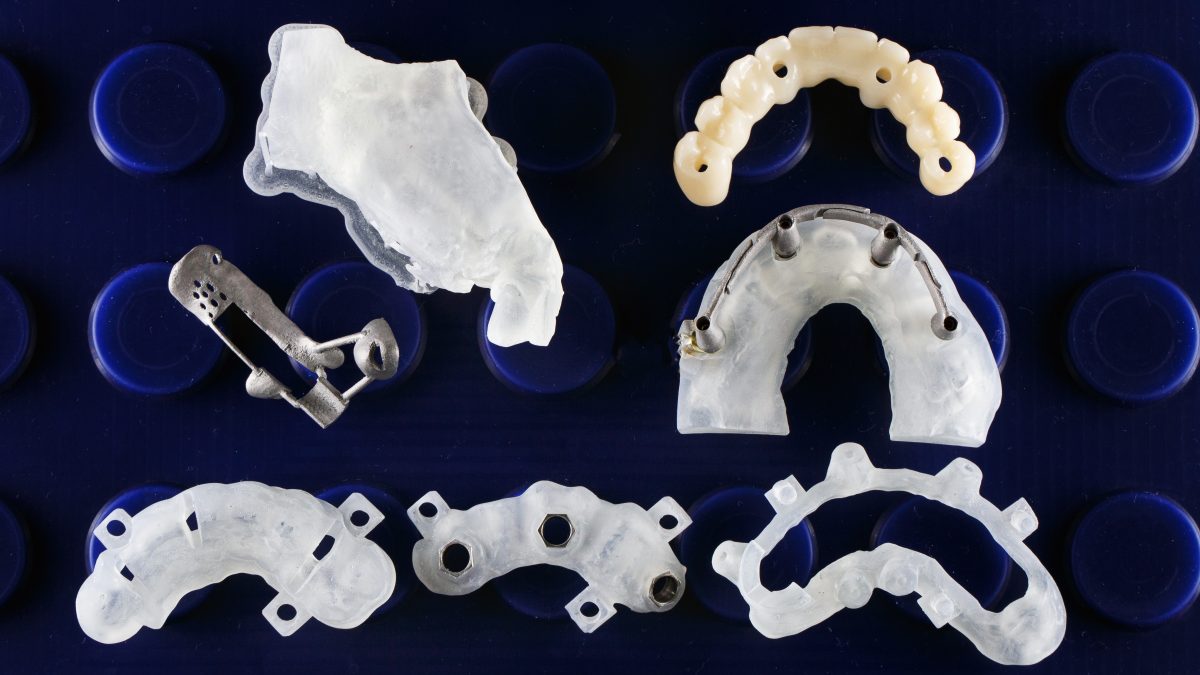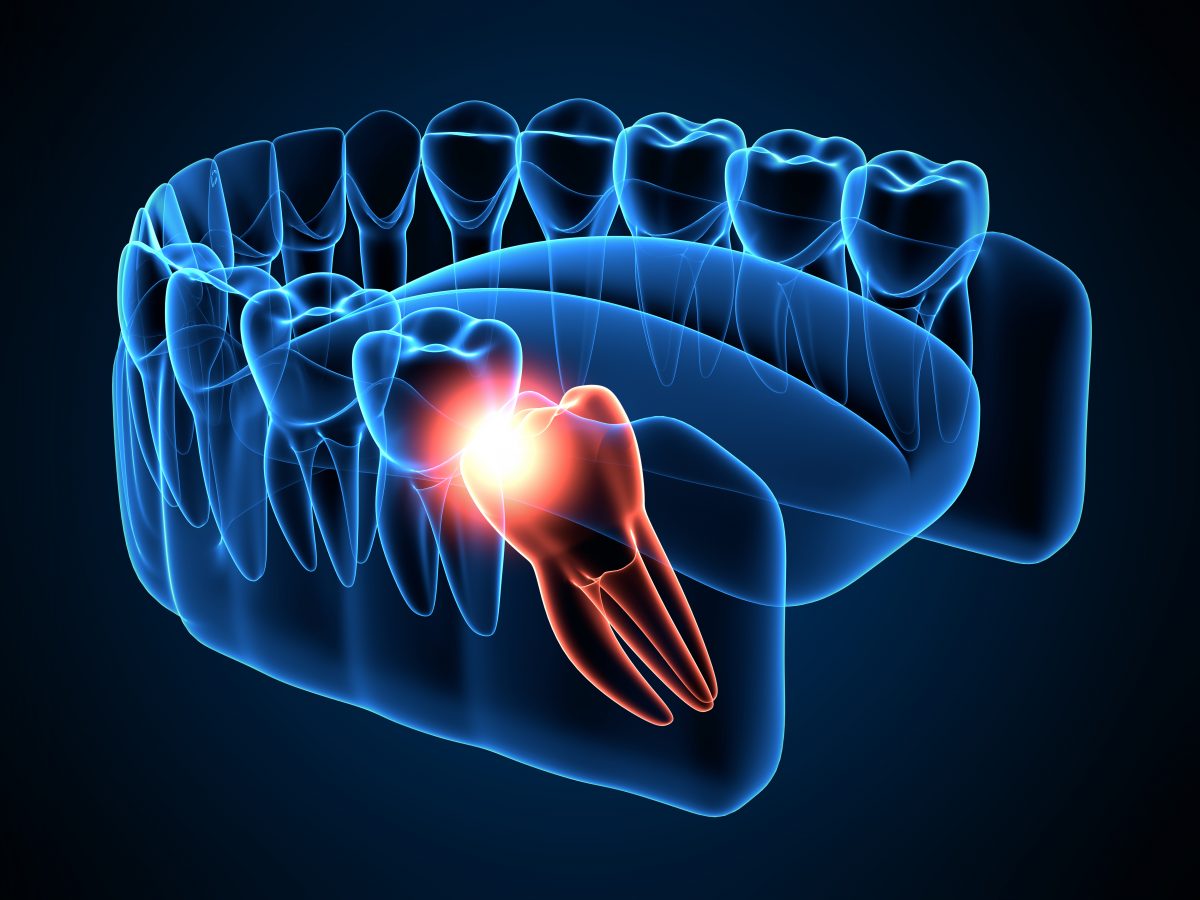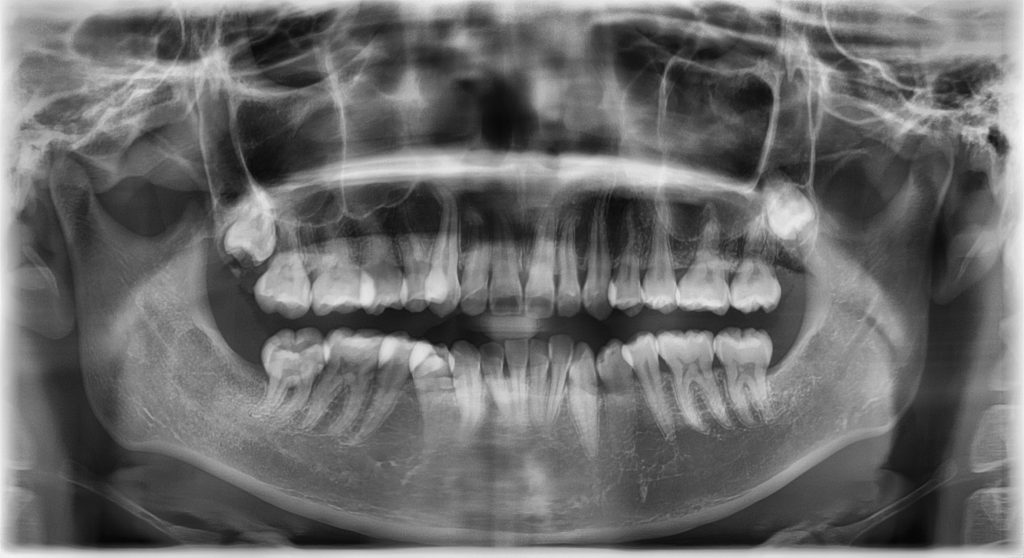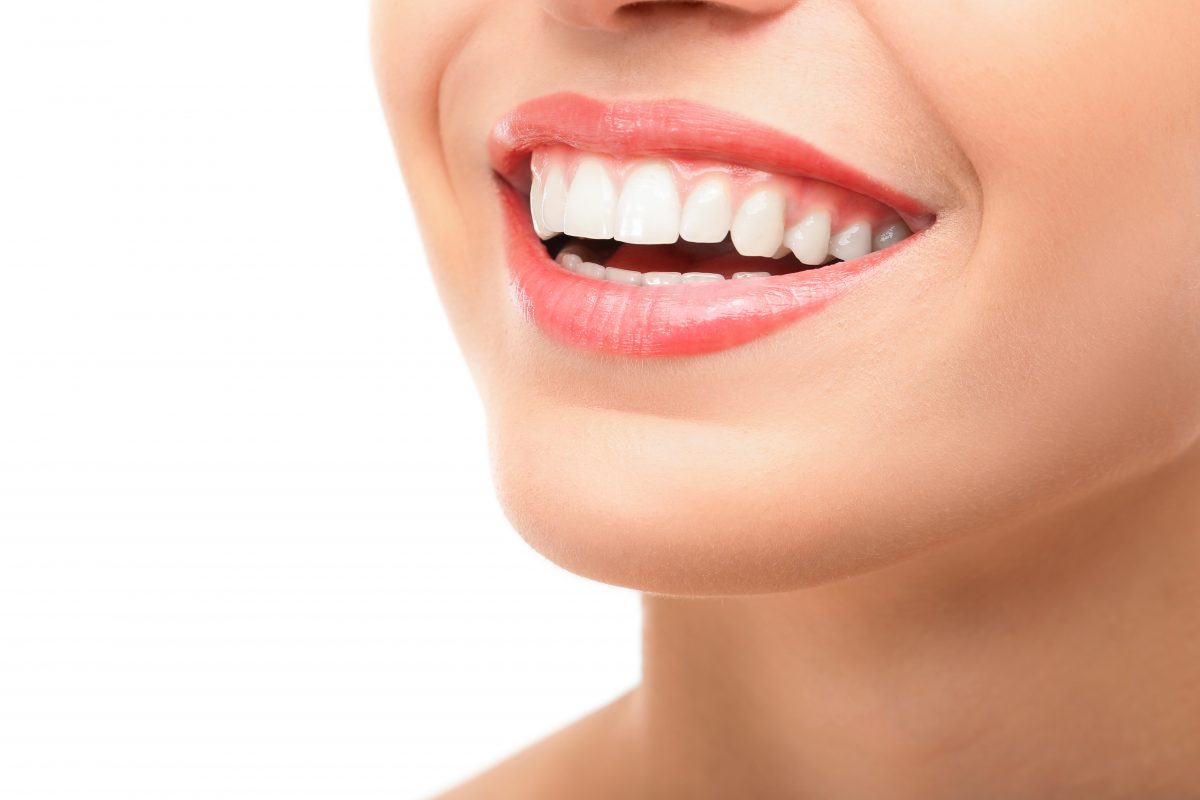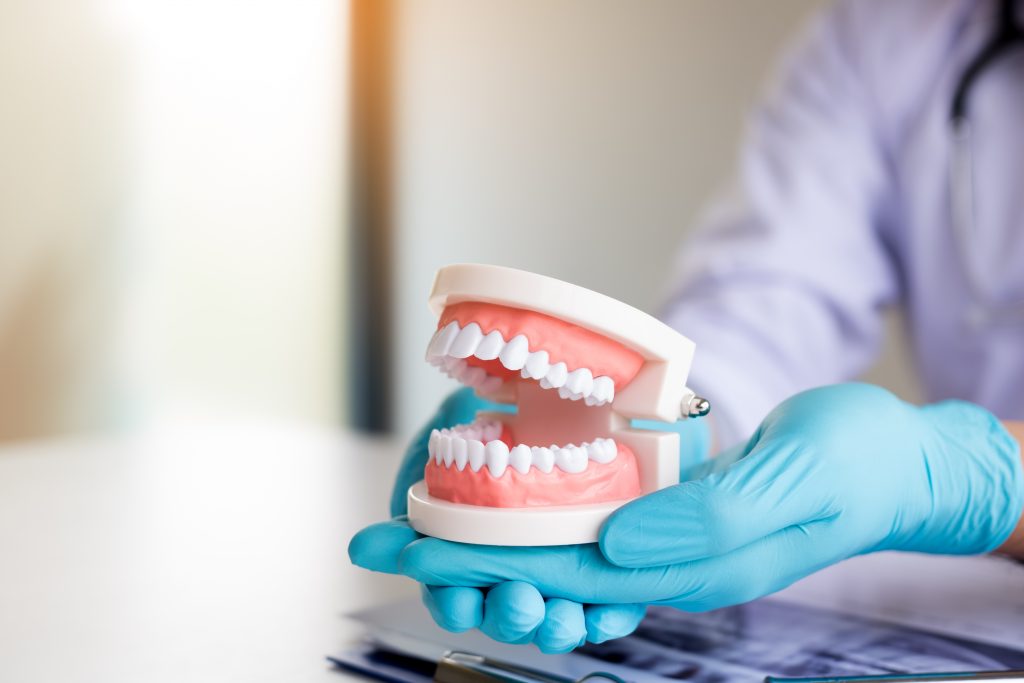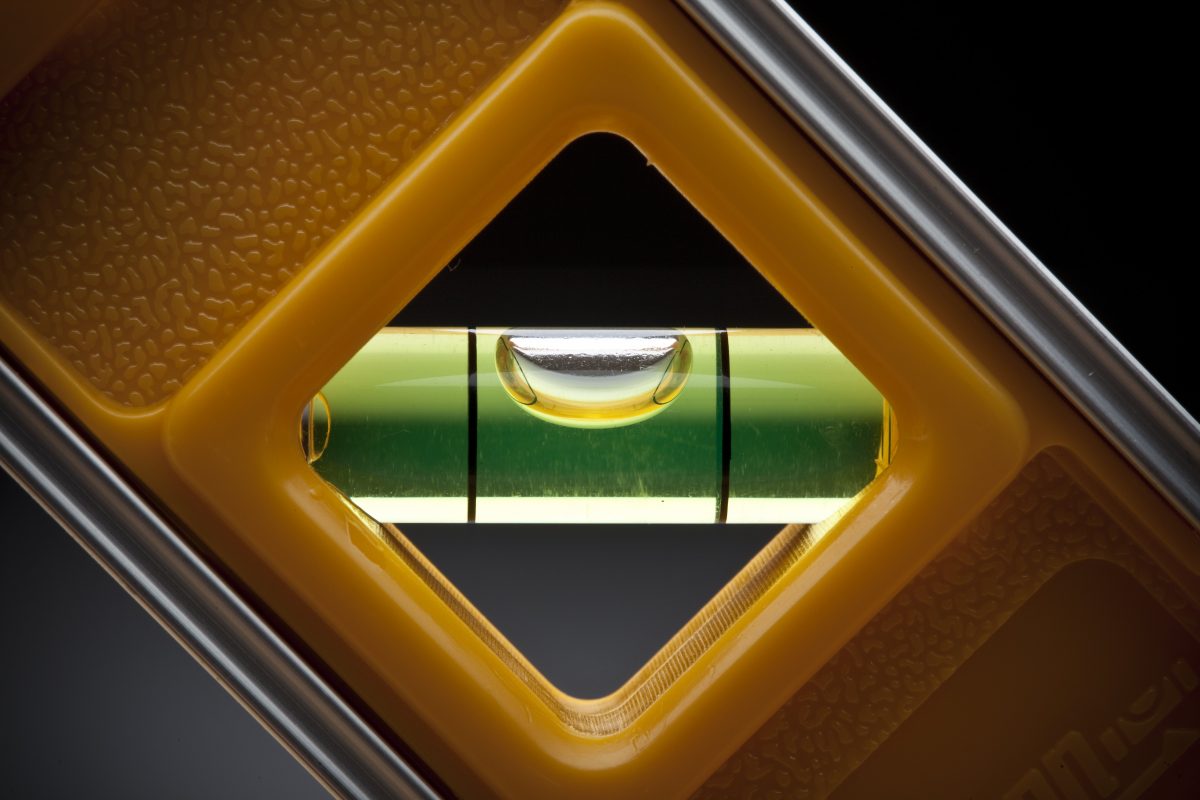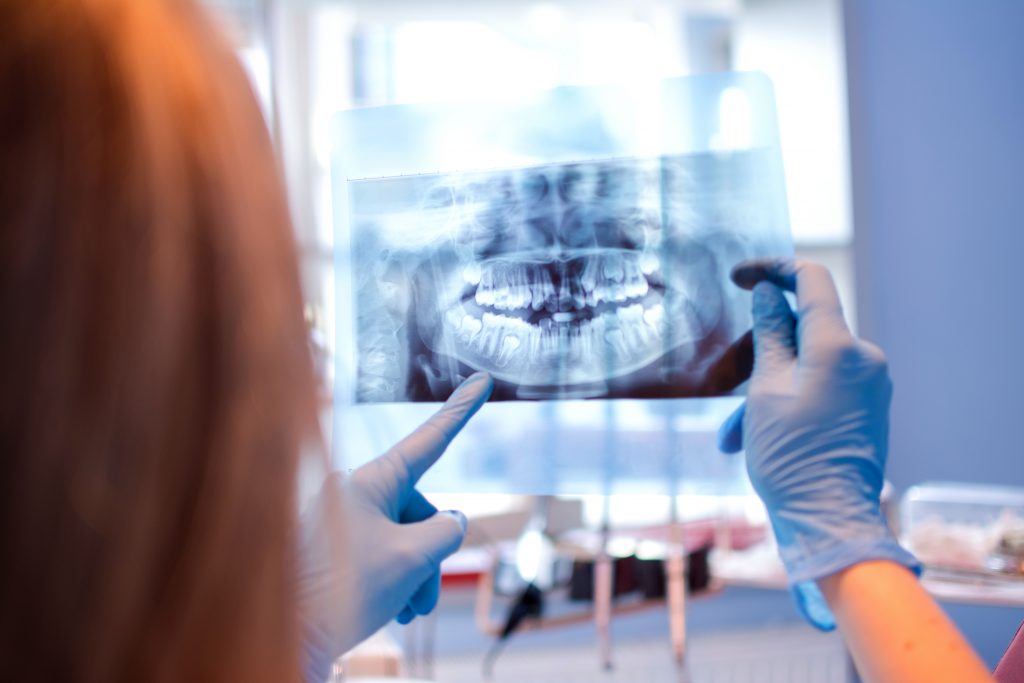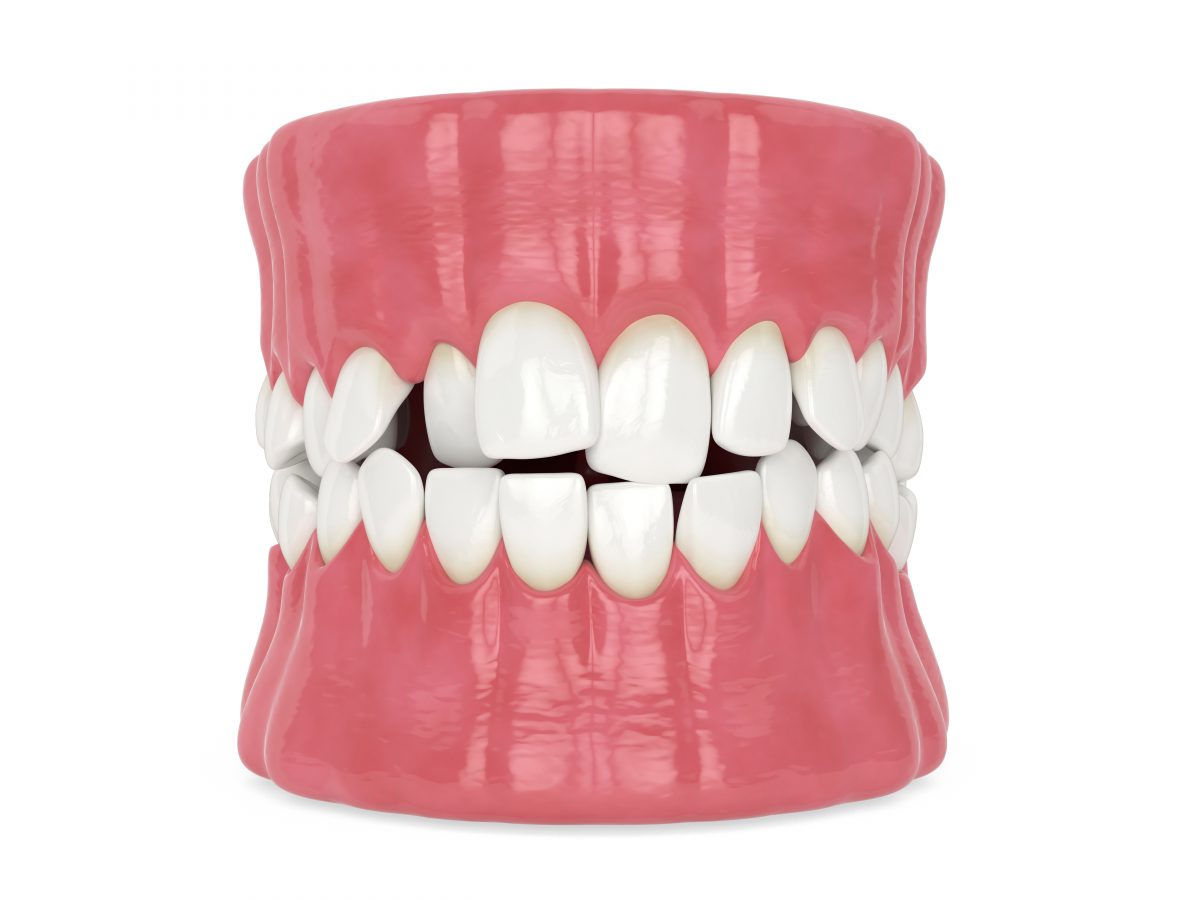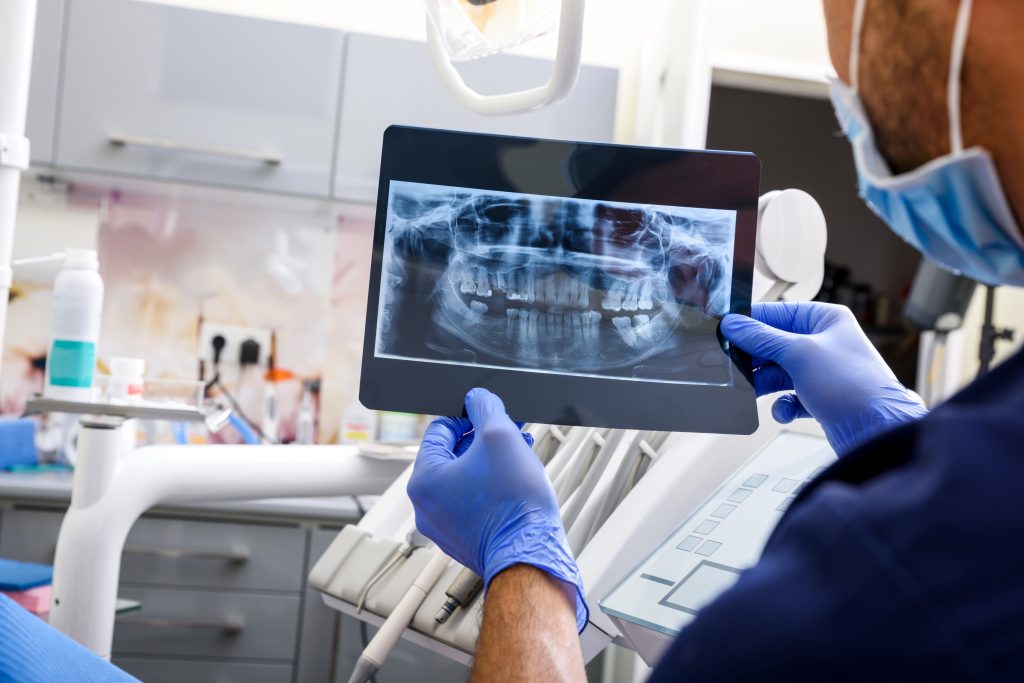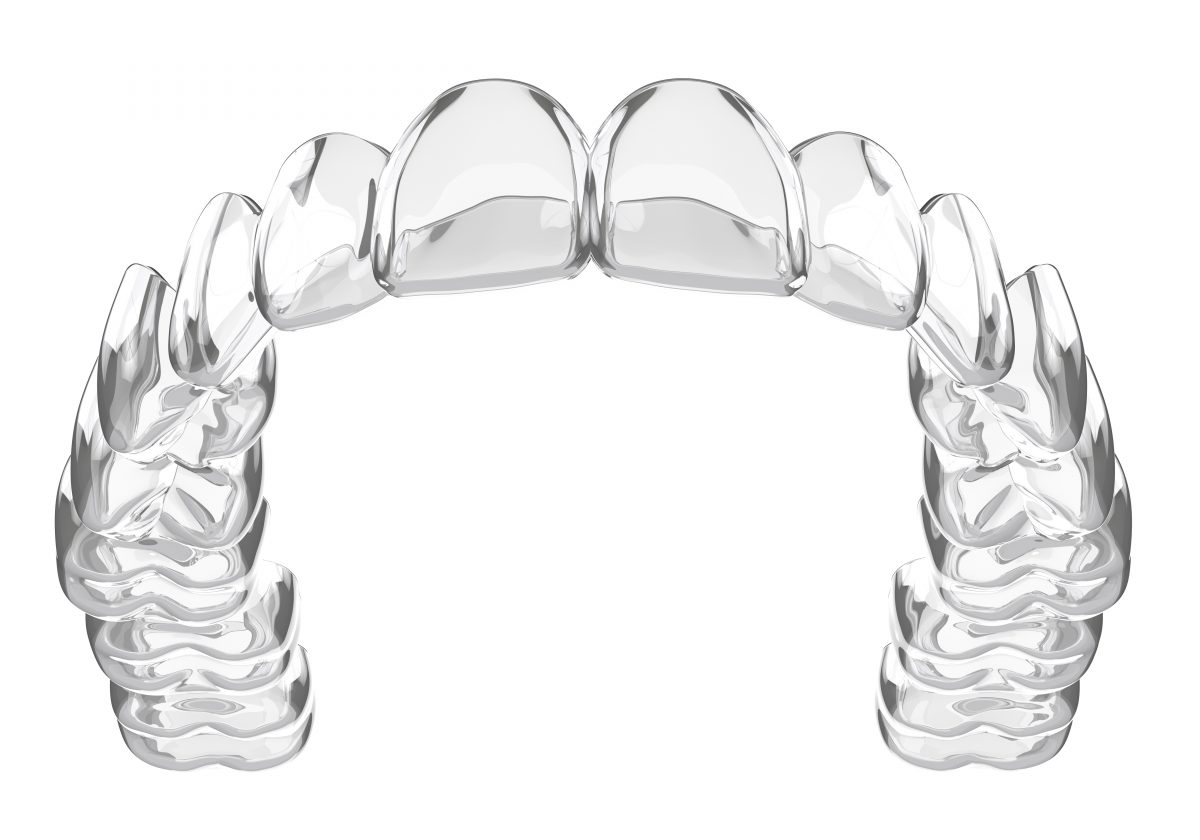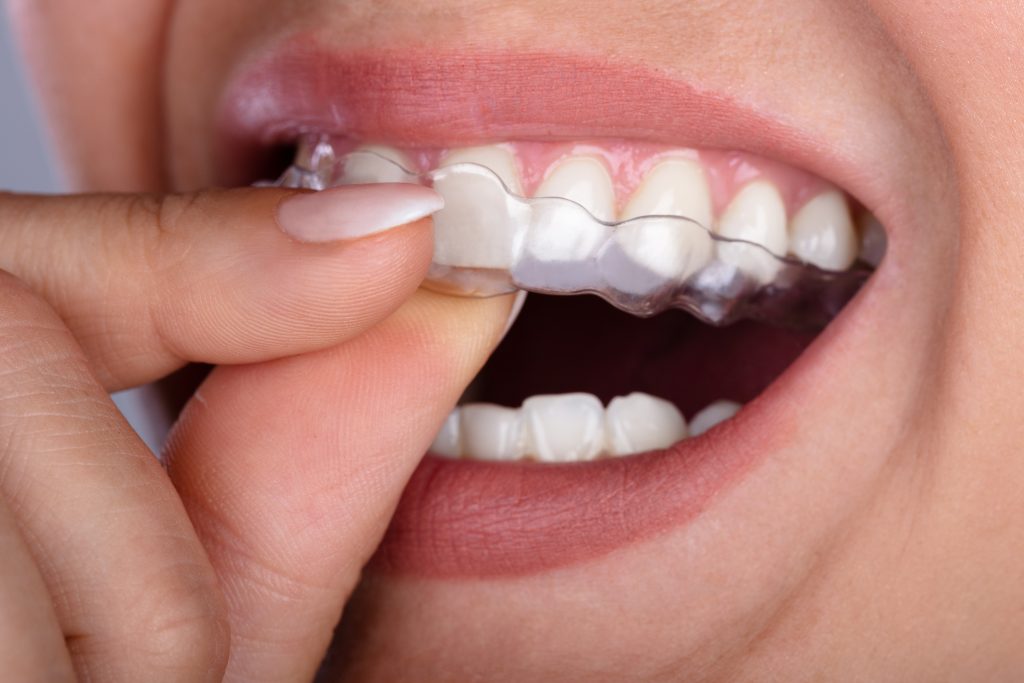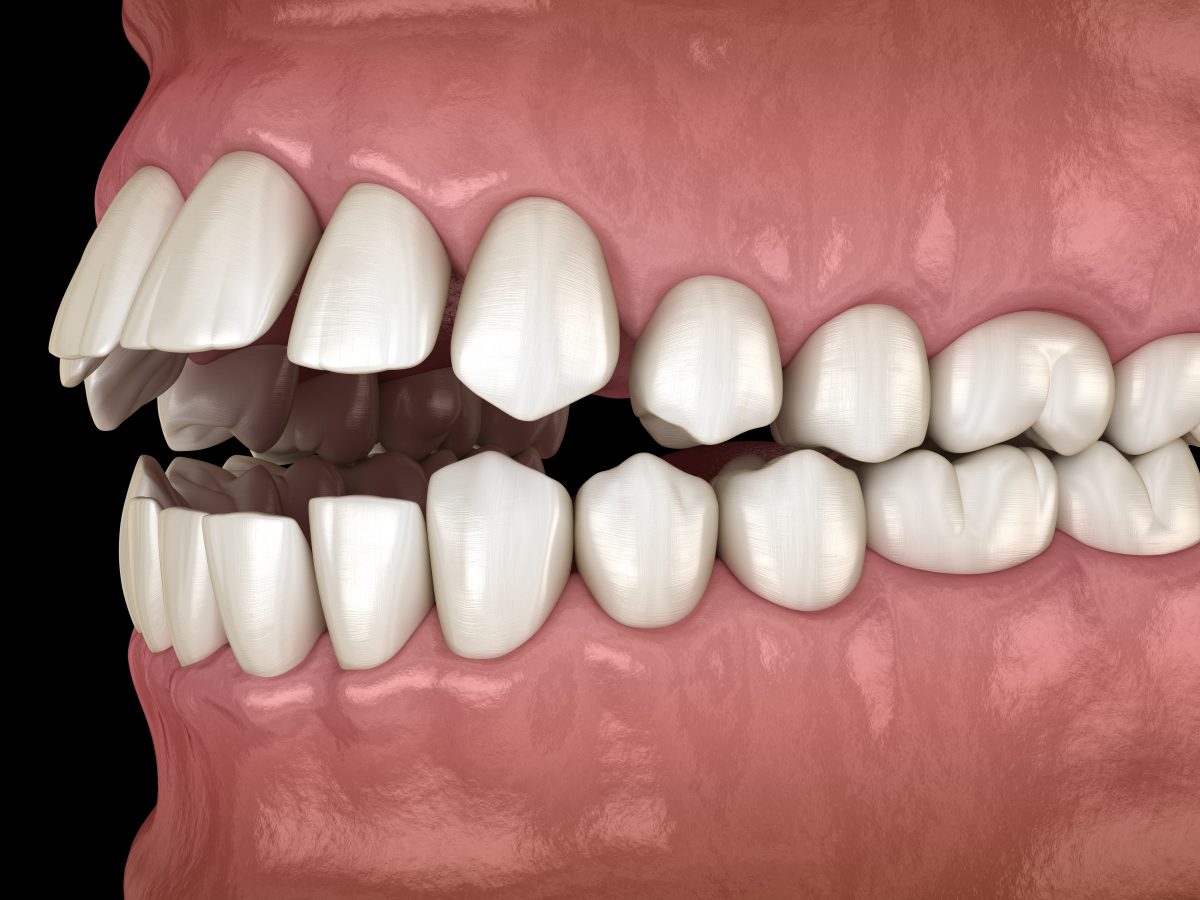Introduction
Whether you’re getting braces because you want to improve your smile or because you’re doing it for health reasons, one thing is certain: the quality of the dental impression kit you use is going to have a huge impact on the end result. If it’s messed up, you might even have to get braces again—not fun! So how can you make sure that your impression is perfect? Your dentist might offer two options: a dental impression kit and 3D scanning. Both get the job done, but which one should you choose for your invisible braces treatment? We’ll tell you everything you need to know in this blog.
What is a dental impression?
A dental impression is mold that is used to cast the shape of your mouth and teeth. It is used to cast a 3D model that your dentist can use to help diagnose any dental issues, plan out treatment, and create dental appliances that fit perfectly and comfortably in your mouth.
What is a dental impression kit used for?
A teeth impression kit is used to create molds of a patient’s teeth. These kits have been used by dentists and orthodontists for years.
An impression kit includes everything you need to make a mold of your teeth, including a putty-like substance called alginate and metal impression trays. Your impressions can be made in-office by a dentist, or at home with a DIY kit from your braces provider.
Many patients choose to make their dental impressions at home instead of getting them done at a dentist’s office. While this is a convenient option, it does leave room for error.
What to expect when you get an impression made
When you’re getting your impressions made, whether you do it yourself or in the dentist’s office, the process is the same.
First, your dentist will mix the alginate and spread it on one of your impression trays. They will place the tray into your mouth and ask you to bite down until the alginate has set, which can take up to 5 minutes.
You’ll do this on both jaws. Your dentist will send the finished impressions off to a lab, where they will be cast into a 3D figure and used as a mold for your invisible braces.
Is there an alternative to a dental impression kit?
Dental impression kits are a tried-and-true way to make a model of your teeth, but this can be uncomfortable and may need to be redone if the first impressions aren’t perfect.
Because of this, many dentists have begun offering 3D scanning as an alternative to the traditional impressions. The process uses cutting-edge orthodontic technology to capture the shape of your teeth without any discomfort or hassle.
How 3D Scanning Works
Unlike dental impressions, 3D scans can only be done at your dentist’s office. A 3D scanning appointment usually takes less than 20 minutes.
A dental technician will use a special imaging device to take a 360-degree scan of your teeth. This takes just a few minutes, and the scan will be rendered on a computer in real-time. The dental technician will show you what your teeth look like and answer any questions you might have.
Your scan will be used as a basis for your clear aligner trays, which will be designed on a computer and 3D printed.
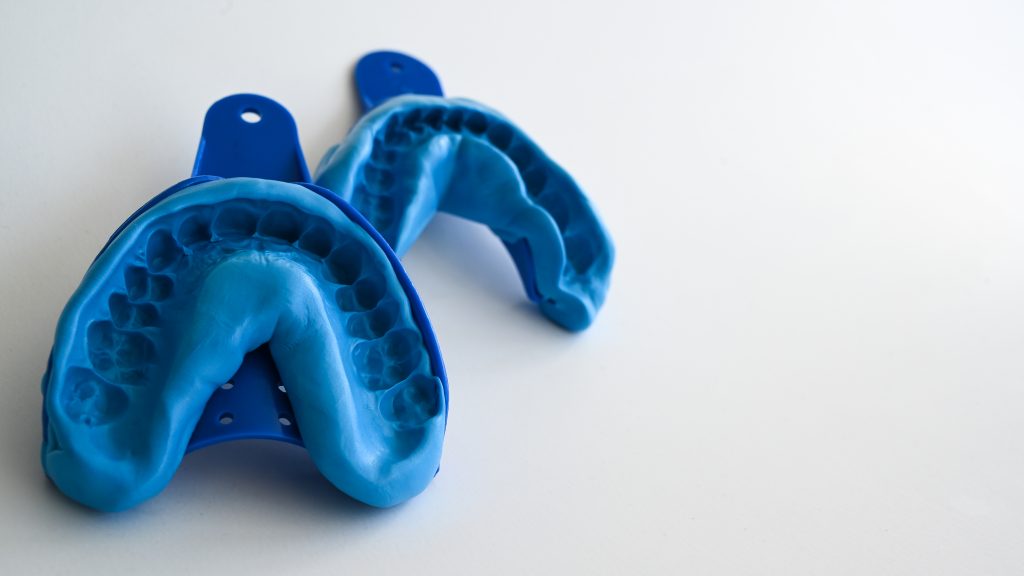
Are digital impressions more accurate?
The digital impression captures every groove of the teeth in a single scan, which eliminates the risk of error introduced by external factors, for example air bubbles in the alginate.
Is a 3D scan better than a dental impression kit?
While both 3D scanning and dental impression kits are effective, there are a few key advantages that make 3D scanning stand out as the superior option:
- Scans are more precise – An imaging tool can capture the shape of your teeth with 100% accuracy. You won’t need to redo the scan or take second impressions, which can save you some time, money, and hassle.
- No gagging – 3D scanning is less invasive than the traditional impression method. It works like an x-ray, but without the radiation exposure. You won’t have to sit with your mouth open for as long during the scanning process, and there’s no chance of gagging on impression material. This is because the impression material can trigger the gag reflex of some patients.
- You can visualize your progress – After your scan is taken, your dentist can manipulate the image to show you exactly how your teeth will move with aligners on, and what your finished smile is going to look like.
- It’s more efficient – 3D scans take less time to complete and are easier to set up than traditional impressions.
When you head to the dentist for a braces consultation, ask them if they offer 3D scanning for your teeth impressions. If you choose to get treated with ALINA invisible braces, you can enjoy all the benefits of this advanced technology—and it won’t add to the price of your invisible braces.
Why ALINA uses 3D scans instead of dental impression kit to uncover the most beautiful smiles
ALINA clear aligners are specially designed to allow wearers to truly uncover their smiles. Make ALINA your choice for your partner to a beautiful smile if you want a product with:
- Better materials – ALINA is made from a space-age, highly durable material with just the right amounts of flexibility and rigidity, to uncover your smile gently but effectively.
- Better technology – ALINA is powered by its AlinaSmile technology, which uses Artificial Intelligence to determine your most beautiful smile, according to your face shape and the world-renowned Golden Ratio.
- Better results – With more than 25 years of experience in the US and Canada, as well as thousands of patients’ beautiful smiles uncovered, the results of partnering with ALINA speak for themselves.
To learn more about the philosophy behind the way we treat your teeth, visit our How ALINA Works pages.
Conclusion
If you want to achieve the best results possible with your invisible braces, you’ll need to make sure that your teeth impressions are of the highest quality. With ALINA, you get the most innovative and effective treatment, from when your teeth are scanned to when your last aligner comes off.
Book a consult with us today to begin your journey to your most beautiful smile!

